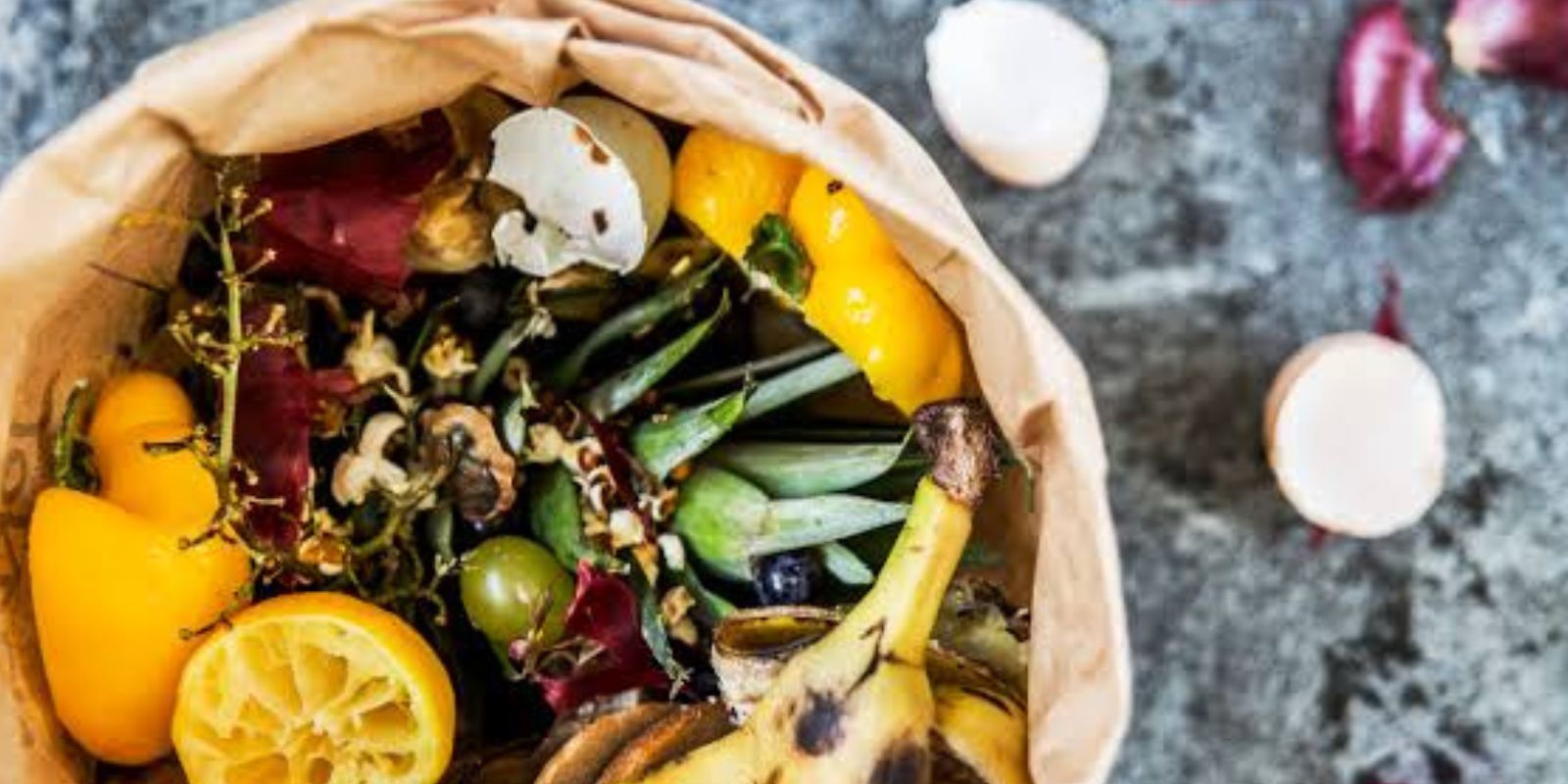In the quest for sustainable gardening, your kitchen waste holds an often-overlooked secret: fruit and vegetable peels. These natural scraps are packed with nutrients that can rejuvenate your plants, improve soil health, and reduce your environmental footprint—all without spending a dime. In this guide, we’ll explore how to effectively use fruit and vegetable peels as fertilizer, turning waste into gardening treasure.
Why Use Fruit and Vegetable Peels as Fertilizer?
Fruit and vegetable peels are nutrient powerhouses. Rich in potassium, phosphorus, nitrogen, calcium, and magnesium, they are essential for plant growth. Here’s why they’re a perfect addition to your garden:
- Eco-Friendly Solution: Reduces food waste and reliance on chemical fertilizers.
- Cost-Effective: Utilizes free kitchen scraps instead of expensive store-bought products.
- Boosts Soil Health: Improves soil structure, water retention, and microbial activity.
Nutrient Benefits of Common Peels
- Banana Peels: High in potassium and phosphorus, ideal for flowering and fruiting plants like tomatoes, roses, and peppers.
- Citrus Peels: Rich in nitrogen; when composted, they act as a pest deterrent and add acidity to the soil.
- Potato Peels: Provide carbohydrates and minerals that enhance microbial activity in the soil.
- Carrot and Beet Peels: Packed with potassium and iron, promoting root development and vibrant foliage.
Methods to Use Fruit and Vegetable Peels in Gardening
1. Create Nutrient-Rich Peel Tea
Peel tea is a quick and effective way to deliver nutrients to your plants.
- Steps:
- Collect peels from bananas, potatoes, and other scraps.
- Soak them in a large container of water for 24–48 hours.
- Strain the liquid and use it to water your plants directly.
- Benefits: Quickly delivers nutrients to the roots and boosts plant vitality.
2. Direct Composting
Burying peels directly in the soil is one of the simplest methods.
- Steps:
- Chop peels into small pieces for faster decomposition.
- Dig a small trench near your plants.
- Bury the peels at least 2–3 inches deep to prevent pests.
- Benefits: Provides slow-release nutrients and enriches the soil over time.
3. Dry and Powder the Peels
Turning peels into powder ensures easy storage and application.
- Steps:
- Spread peels in a sunny area to dry completely.
- Grind them into a fine powder using a blender or mortar and pestle.
- Sprinkle the powder around your plants or mix it with potting soil.
- Benefits: Offers a concentrated source of nutrients for targeted feeding.
4. Add to Compost Bins
For gardeners with compost systems, peels are an excellent addition.
- Steps:
- Layer peels with dry materials like leaves or shredded paper.
- Turn the compost regularly to speed up decomposition.
- Use the resulting compost as a rich soil amendment.
- Benefits: Improves soil fertility and encourages healthy microbial activity.
5. Pest Control with Citrus Peels
Citrus peels can repel pests like ants and aphids while fertilizing the soil.
- Steps:
- Chop citrus peels finely.
- Scatter them around the base of plants prone to pest attacks.
- Benefits: Creates a dual-action pest deterrent and soil enhancer.
Targeting Specific Plants with Peels
Some plants thrive with specific nutrients that peels provide:
- Tomatoes and Roses: Banana peels offer a potassium boost, promoting flowering.
- Acid-Loving Plants (e.g., Blueberries): Citrus peels help maintain soil acidity.
- Root Vegetables: Potato and carrot peels improve root development and microbial health.
Precautions When Using Peels
- Avoid Overuse: Too many peels can create imbalances in the soil.
- Prevent Pests: Always bury peels deeply or use covered compost systems.
- Balance with Greens and Browns: In compost, balance peels (green material) with dry leaves or cardboard (brown material) for optimal decomposition.
Benefits Beyond Fertilization
Using peels in the garden offers more than just plant nourishment:
- Sustainability: Diverts waste from landfills and reduces methane emissions.
- Soil Health: Enhances soil structure, aeration, and moisture retention.
- Biodiversity: Attracts beneficial organisms like earthworms and microbes.
Common Questions About Peel Fertilizer
1. Can citrus peels harm plants?
Citrus peels can be acidic, so avoid overusing them around sensitive plants. Composting them first is a safer option.
2. How often should I use peel tea?
Once a week during the growing season is sufficient for most plants.
3. Can I use peels in potted plants?
Yes! Ensure the peels are chopped finely or made into tea to avoid odor and pest issues.
Conclusion: Turning Waste into Gardening Treasure
By using fruit and vegetable peels as fertilizer, you not only nourish your plants but also contribute to a greener, more sustainable future. Whether you’re a novice gardener or an experienced grower, these simple methods can transform your garden into a thriving oasis.
Start today and see the difference! Let us know how you use kitchen scraps in your garden in the comments below.

